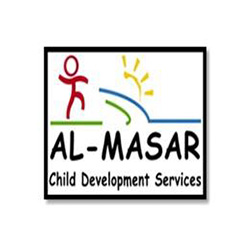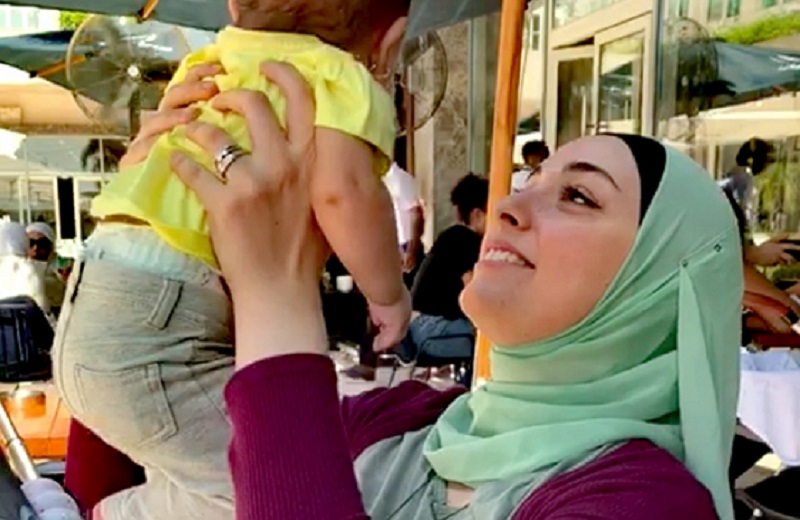Parenting and Education
Education Options for Children with Special Needs

In the quest for finding the most suitable educational program for a child with special needs, you will come across various options and models. Deciding on the option that best fits your child depends on your child’s individual needs, while taking into consideration the four-interrelated physical, emotional, social and intellectual areas of development. Following are some of the options that are available:
- Mainstream/ Inclusion Schools:
- Mainstreaming describes a setting in which the children with special needs are enrolled in a typical classroom with minimal support. The child is expected to be ‘ready for’ or eligible for accommodation by the mainstream education.
- Inclusion on the other hand, means that children with special needs are included in classrooms with typically developing children where they receive the support they need to be successful. In this setting, the child is enrolled in a regular classroom all day. Some adaptations are made to the curriculum while taking into consideration social and emotional needs. In some cases, the child is pulled out of the classroom during the day, for what is called “partial withdrawal” to a resource room where a special-education teacher works with a small group of children or one on one. A child may also be pulled out for therapy sessions (e.g. speech or occupational therapy).
- A “Self-Contained Class” or a “Special Unit” may be part of a regular school environment or setting, where the child attends that class with other special needs students. These classes offer more structure, routine, in addition to appropriate expectations in small group settings. Individualized attention and instructional modifications are implemented to meet each child’s needs as well as his/her learning style.
In any of the above settings, an aide or what is sometimes called a support teacher or shadow teacher could be available to support the child in the classroom and/or during school hours depending on his/her need.
- Specialized Centers/Schools that cater for children with disabilities:
These centers cater specifically for children with disabilities, and could be for one type of disability or for more than one type of disability, depending on the philosophy of the center/school. Services are usually provided in a high adult-child ratio setting, and they are delivered through professionals trained in special education, psychology and rehabilitation specialties such as occupational therapy, speech – language therapy and physical therapy. Services are presented in a highly-individualized manner using a comprehensive approach that caters for all areas of development. Interventions and programs in such centers/schools are provided in small groups of students or on individual basis.
- Combination of mainstream and other types of services:
In this model, the child attends a regular school for part of the day, or for certain days of the week, or for the whole day, but makes use of other therapeutic/educational settings in the community. In this case, the child benefits from both models; spending time in a regular classroom as well as receiving therapy or educational sessions.
Being in a regular classroom gives the child the opportunity to socialize, have access to the general curriculum, develop friendships, and look up to peers as role models specifically in regards to social and behavioral skills. At the same time, receiving therapy/educational interventions in one-on-one sessions or in small group sessions during the day or after school hours can be valuable to enhance academic, social, or life skills.
- Home-based Education:
This option refers to educational/therapeutic services that are provided in the child’s home, either on a short-term or long-term basis. It involves the implementation of plans that address the individual needs of the child in their home by special education teachers, occupational therapists, speech therapists, physiotherapists and/or behavioral therapists. It is suitable for children going through rehabilitation due to illness or surgery or for children facing chronic or behavioral challenges where other educational placements may not be suitable.
It is important to note that there is not one option that fits all children with special needs. Moreover, your child’s needs may vary as she/he develops. Therefore, your child may end up receiving educational services in various settings, depending on performance and skills at that given time.














